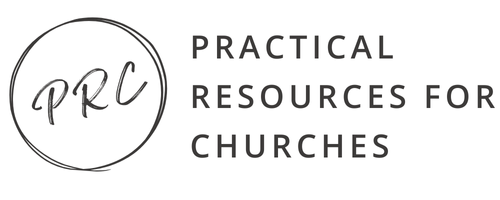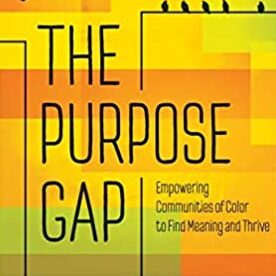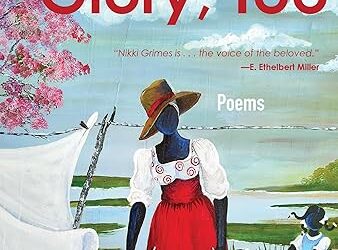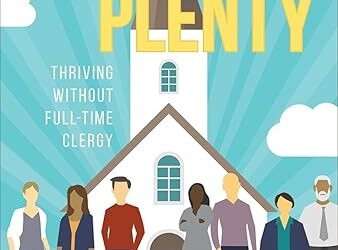Have you ever hedgehogged a book? Put so many sticky notes and bookmarks in it that there are pieces of paper sticking out in every direction, akin to the quills on a hedgehog? That’s how my copy of The Purpose Gap; Empowering Communities of Color to Find Meaning and Thrive by Patrick Reyes looks. It arrived from the publisher a few months ago and I have enjoyed a long, slow read of it, placing markers all over with sentences and passages that I continue to return to, think about, and pray over.
The Purpose Gap seeks to empower the Black and Brown communities, call on and equip white communities to see why and how to dismantle systems that enable the purpose gap to exist, and unite all readers behind the need to close the purpose gap so that all of God’s children can live into the lives they are called to lead. But what is this purpose gap? Dr. Reyes expertly describes it as the unpaved distance between a person’s discerned purpose in this world and the opportunities needed in order to live into that purpose. He describes how systems exist that maintain that gap and how communities and networks come into play to help bridge that gap. Through personal experiences, family stories, and practical advice for moving forward to bridge the purpose gap, Dr. Reyes brings a resource that equips a new level of understanding and action.
What did I hedgehog, you may be wondering. The passage in chapter four that describes the author’s experience with Walter Wink and the meaning of ‘turning the other cheek’ has deeply affected me. I have re-read that at least once a week since I first read it and continue to chew on all that I can learn from it. (Please read this. It’s powerful.) The author’s discussion of the hero’s journey and what it means for retelling the story of purpose in chapter two still has me thinking and reframing how I discuss literature. (I am a homeschooling mother of seven and we spend the first year of high school examining the arc of various traditional heroes’ journeys. We always approached the conversations through the lens of calling, but Dr. Reyes has refocused my thoughts. Please read this chapter of the book, too. Again, it is powerful.) Each chapter is punctuated with reflection opportunities, and these, too, are bookmarked. I like to return to them on Sunday evenings as I plan out the upcoming week, adding one to my planner page so I continue to process and reflect. I have seven other color flags sticking out of my book, marking other passages of importance to me, and I can honestly say that if I were granted three wishes right now, I would love to use one of them to ask the author to help me put together a literature list of books he and his family enjoy and refer back to time and again. The notes section with corresponding references is exhaustive (in the best possible way). Thankfully, I am married to a librarian who will track these things down for me so I can read further and has no issue with me reading late into the night and strewing our bedroom floor with titles he’s brought home for me.
Are you someone who wants to know more about what it means to be the community? To be a part of networks for change? To know more about systems that need to be addressed and broken down? To know more about systems that need to be built? This book is for you. Do you enjoy looking at what you have seen through new lenses? This book is for you. Do you want to be challenged to see how you can better be part of a system that includes all of God’s children? This book is for you. I’d lend you my copy, but let me be honest, you will want your own to hedgehog.





0 Comments